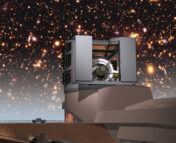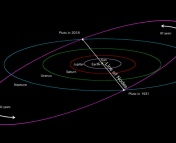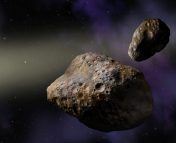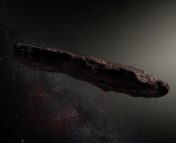Title: Can the gravitational effect of Planet X be detected in current-era tracking of the known planets?
Authors: Daniel C. H. Gomes, Zachary Murray, Rafael C. H. Gomes, Matthew J. Homan, and Gary M. Bernstein
First Author’s Institution: Department of Physics & Astronomy, University of Pennsylvania, 209 S. 33rd St., Philadelphia, PA 19104
Status: To be submitted to the Planetary Science Journal, available on arXiv
Even though astronomy traffics in profound questions about the universe which resonate with the public, it’s no secret that most open questions in astronomy require a hefty dose of context to explain. The cutting edge is necessarily convoluted: the vast majority of scientific progress is made when nibbling at the edges, and as a field we are lucky that our intermediate data products are pretty enough to appear on the front page news without an accompanying treatise on the true topics of interest like redshift, inflation, dark matter, etc.
In this context, the pure simplicity of the question at the center of the Planet 9 debate is almost charming: is there another giant planet lurking at the edges of our solar system, one which we just haven’t seen yet? Some say yes, pulling from observations of Trans-Neptunian Objects which seem to travel on aligned orbits, possibly shepherded by a stealthy attendant planet. Others say no, and either that the noted alignment is actually a mirage, the manifestation of observational biases, or that it’s real but caused by something else. Who is correct remains unclear, since although astronomers haven’t found such a planet yet, doing so would require overcoming immense observational challenges.
Alternative Solutions
If it’s real, this prowling giant (which some refer to as Planet 9, and others as Planet X) would be so far away, so faint, and so slow, that its discovery will likely require large telescopes, enormous cameras, and a decent amount of luck. Finding something >10x more distant with Neptune is hard; the community therefore has a strong motivation to consider “alternative” ways to find or rule out this purported planet.
Enter today’s paper, a preprint led by graduate student Daniel C. H. Gomes of the University of Pennsylvania. This exhaustive yet enjoyable 41 page juggernaut joins a growing literature focused on these “alternative” searches. Instead of trying to uncover Planet X’s hiding spot directly, the authors wonder if it might give itself away via its influence on the rest of the solar system.
Planet Ranging
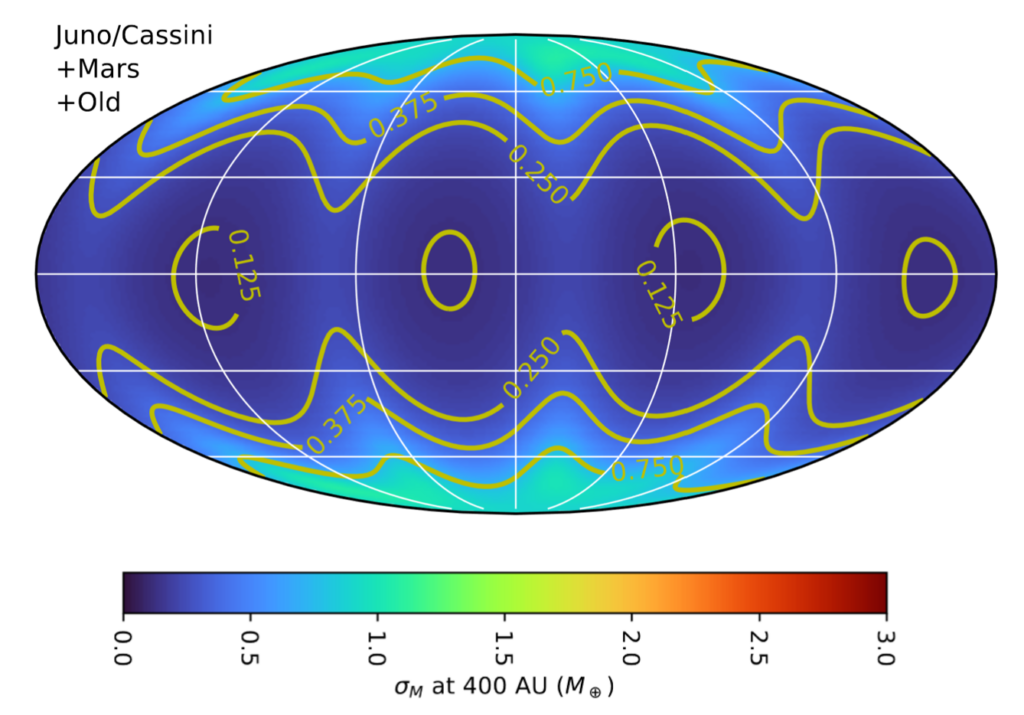
Planet X, should it exist, would gently tug on every member of the solar system through gravitational interactions. In the first half of this paper, the authors consider whether these nudges would knock any of the spacecraft we’ve dispatched throughout the solar system off course in a noticeable way. Using a statistical object known as a Fisher information matrix, they calculate the best possible precision we could hope to measure the mass of an unseen planet as a function of its location given historic spacecraft ranging data.
They find that, by including all of the data from the Juno, Cassini, and various Mars missions, we in principle could conclusively detect a 5 Earth mass planet sitting at 400 AU across 99.2% of the sky. That’s a startlingly strong constraint, and on its face potentially bad news for the reality of Planet X since previous searches of that data turned up empty. However, its resurrection lies in the subtleties and assumptions. If the planet were instead further out, at say 800 AU, we would only be able to detect it if it sat in a very special pocket spanning just 4.8% of the sky. Alternatively, if it were less massive than the inferred super-Earth value, it would have to sit closer in than the nominal 400 AU to be revealed by the ranging data.
Future Prospects
After demonstrating the usefulness in historical ranging data in the first half of the paper, the authors barely pause before tackling a related but distinct question: will we be able to place even stronger constraints on the mass/position of any distant planets using future measurements? In particular, they consider the thousands of Jupiter Trojans which will be observed by the upcoming Legacy Survey of Space and Time (LSST). Might careful tracking of these tiny objects reveal Planet X?

Probably not. As revolutionary as LSST promises to be to solar system science (and many, many other subfields of astronomy as well), it’s not capable of measuring the position of these tiny sources accurately enough from the ground to make much of a difference to their earlier constraints. Planet X would shift each object on the order of only a few meters over the course of their orbits, a distance similar to the width of many objects themselves and comparable to the error accumulated through timing errors, photocenter-barycenter offsets, and chromatic refraction through the atmosphere. In order to improve the constraints derived using spacecraft data, LSST would need to outperform its already high expectations by about an order of magnitude.
So, does Planet X exist? Still maybe, but it likely now has fewer places to hide. Between studies like this which creatively consider the consequences of a distant planet and the direct searches for it, astronomers are pinching closed the parameter space it could live.
Featured image credit: NASA/JPL
Astrobite edited by: Macy Huston

